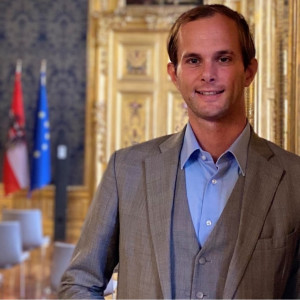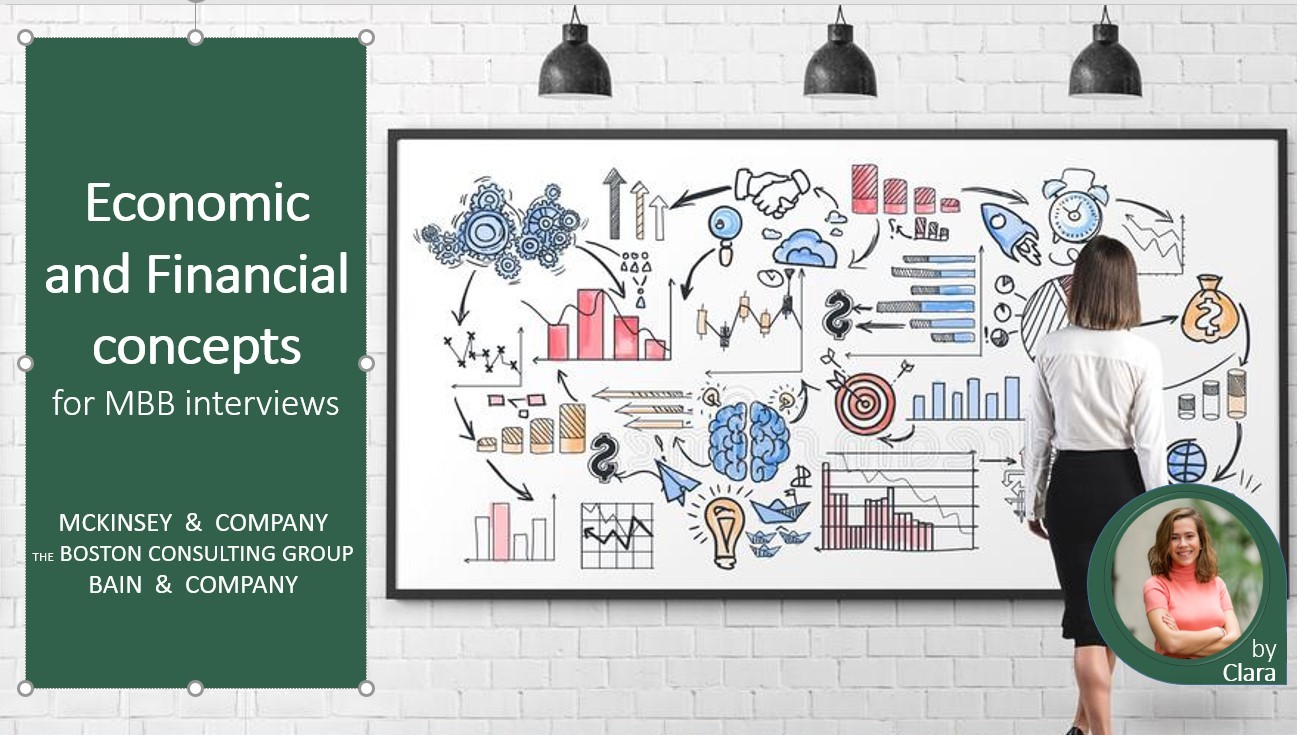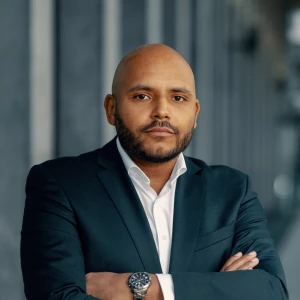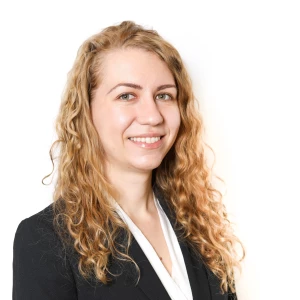As per the calculation section of Question 2, "there is a sale of 120 bottles @ $250 / bottle, giving a big push in revenue of $30,000. "
But, instead of 120 bottles, there is a sale of 192 bottles (120 bottles from kick start capital and 72 purchased in Year 1). Hence, the total revenue in Year 6 is $48,000.
Considering this, breakeven should be achieved earlier by the 13th year, instead of the 15th year.














Would there be an easier formula to get to this result? I also calculated it in the detailed way as you did but I would not believe to have enough time to do it this way during the interview:)
Best,
Alina
I still not understand the explanation. I have the same result as Abhinav.
The point for me is at year 6 you are putting +30k +18k -13.2k (-44.7k)
And the solution for Q2 is saying that he would sell a kick start of 120 bottles *250=30k$.
But the solution in Q1 is saying that the kick start to sell at year 6 is 192 bottles and not 120!
So the question is not assuming that he stops investing but the question here what is the number of bottles of the kick start: in question 1 it is 192 and in question 2 it is 120! regarding the given data it is 192 normally.
Thank,
Regards,
Bassem
You buy 120 initial bottles. You can either consider you sell them in the last day of year 5 or first day of year 6, doesn't make a difference when you consider accumulated cash flow.
So the question is really on how to account for the 72 bottles you buy in year 1. I don't really understand the doubt. You buy 6 bottles every month during the 1st year, so a total of 72 bottles, and then sell them after 5 years, which is the 6th year.
So you sell 120 bottles on day one of 6th year, and then 72 bottles throughout the 6th year.
I guess what you are missing is that you buy 6 bottles every month during the first year, which is in the given prompt.
Hope this makes it clear.